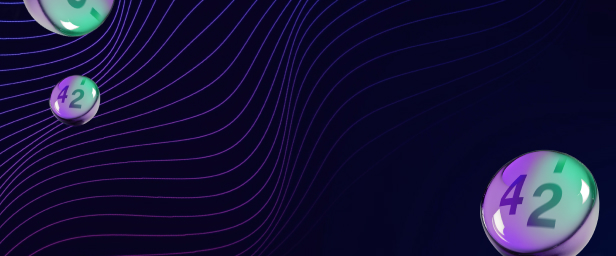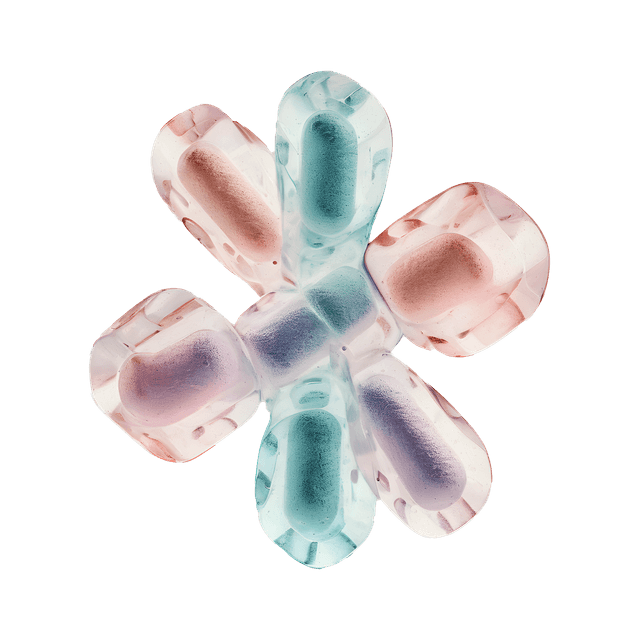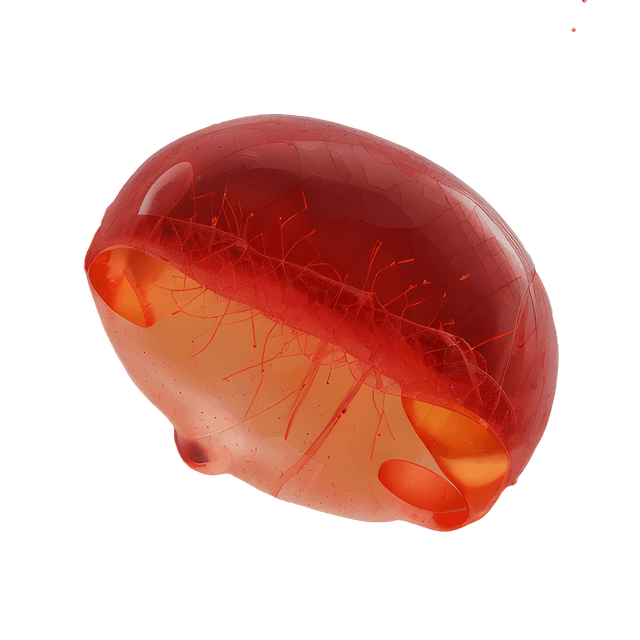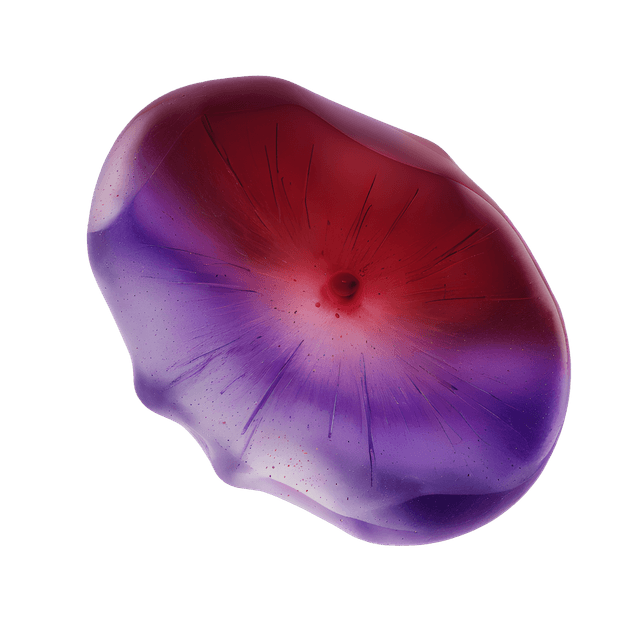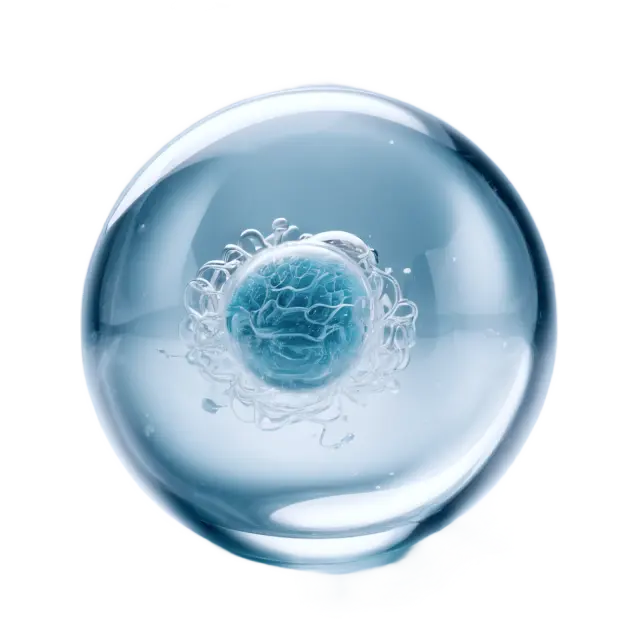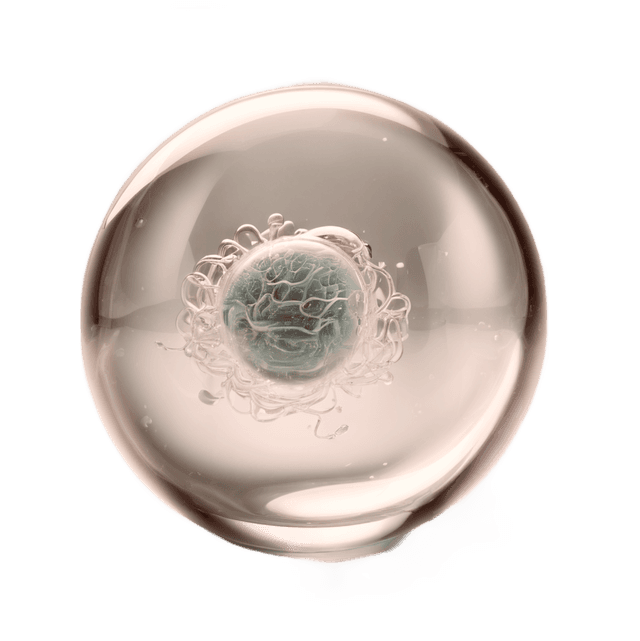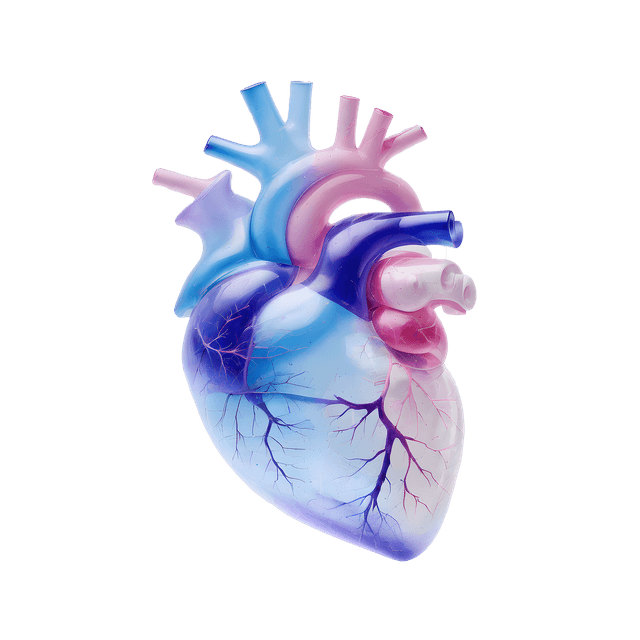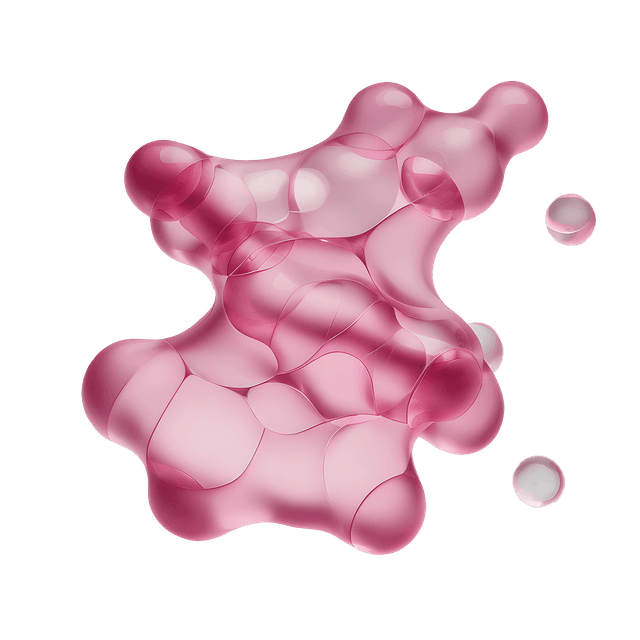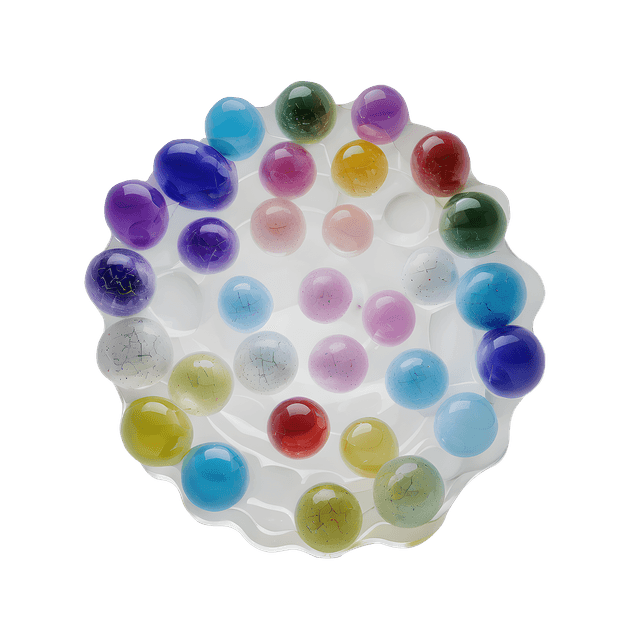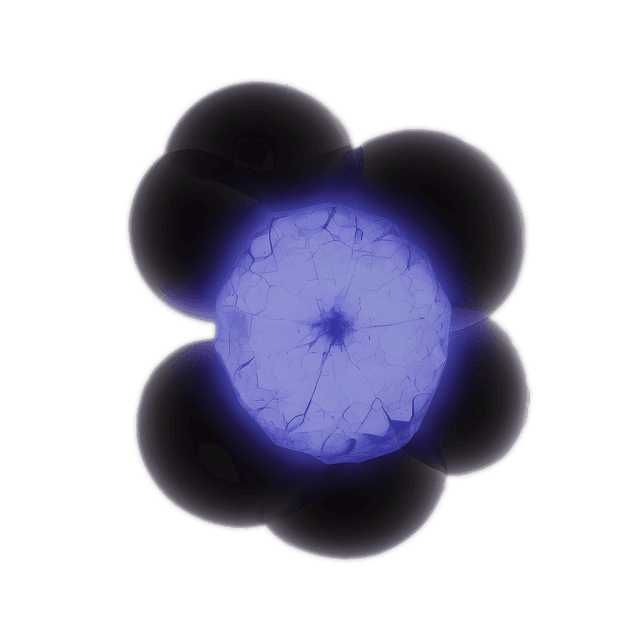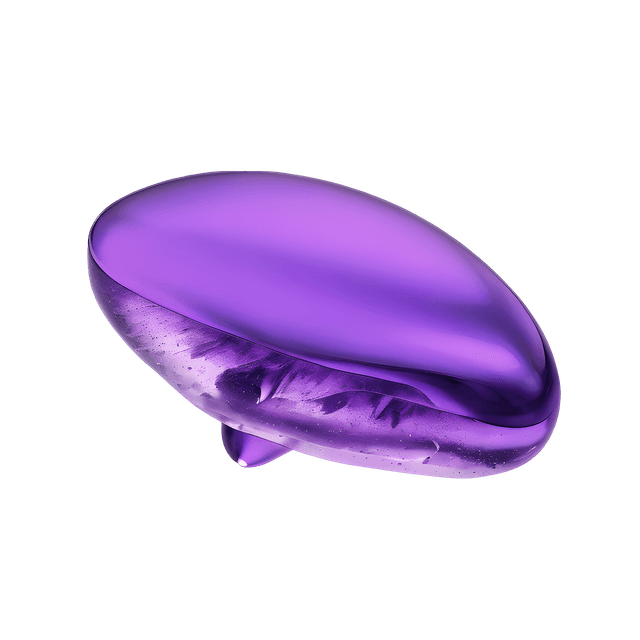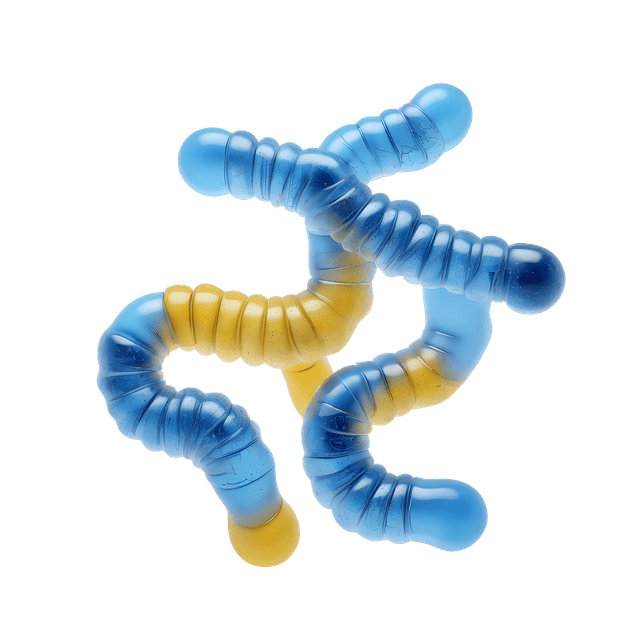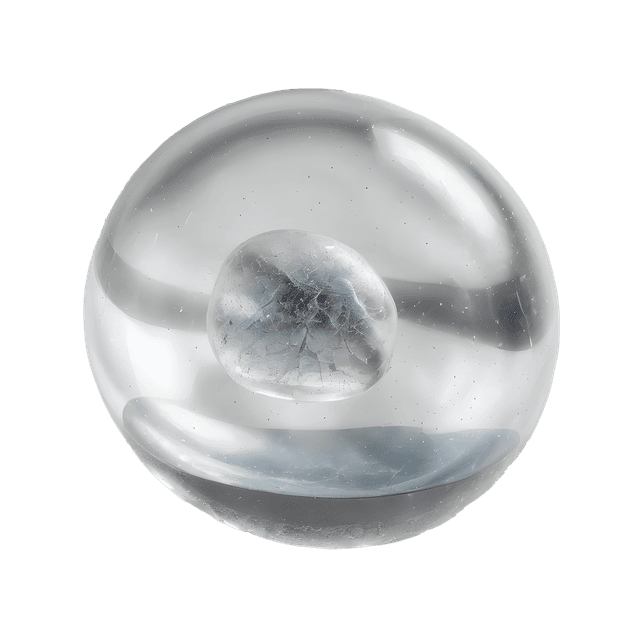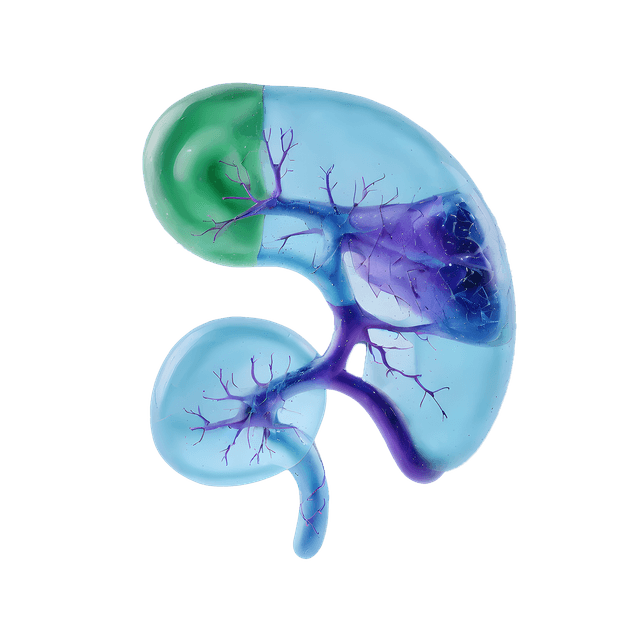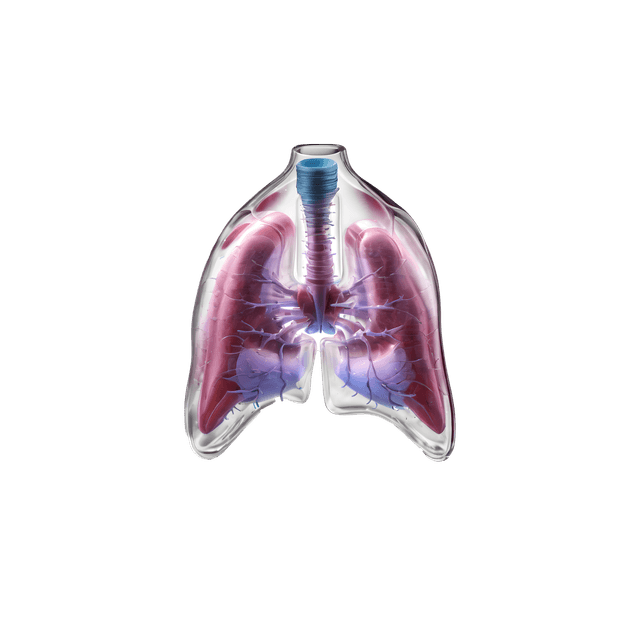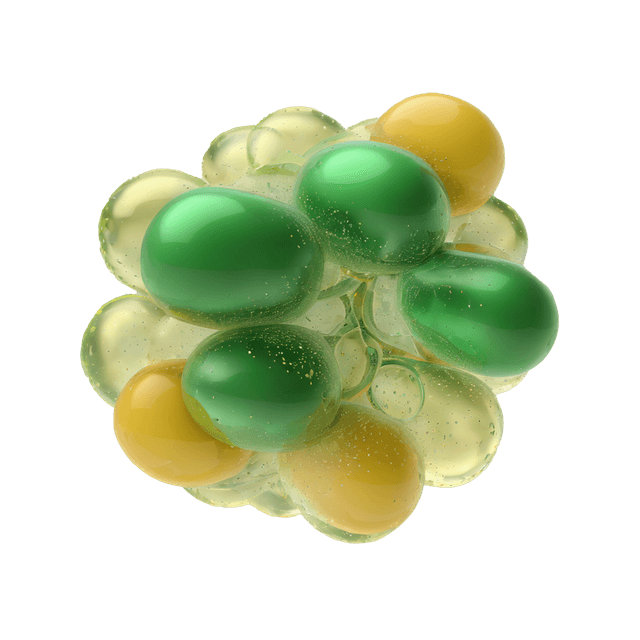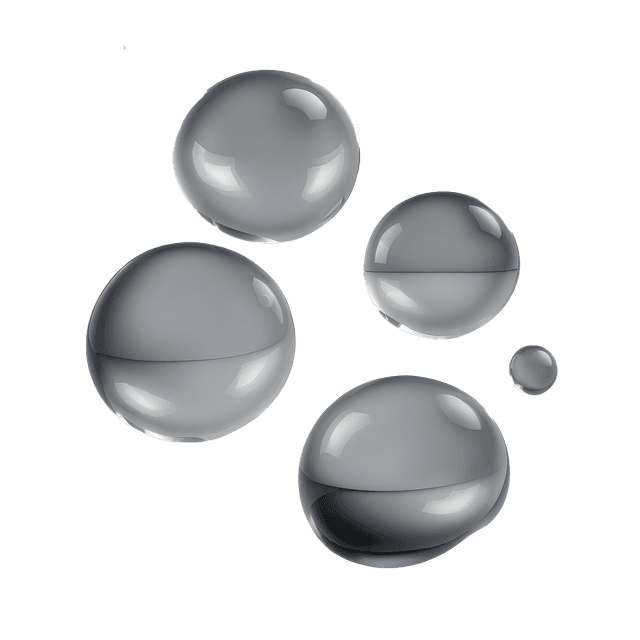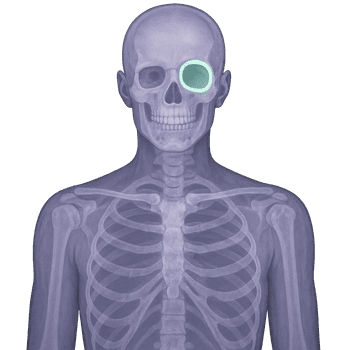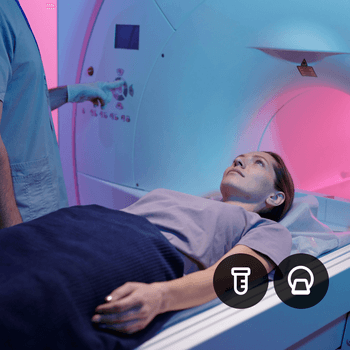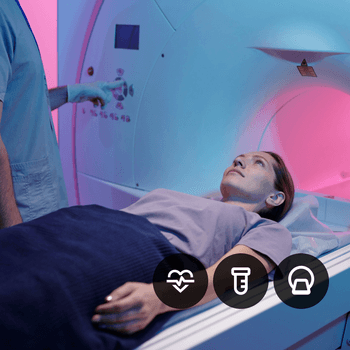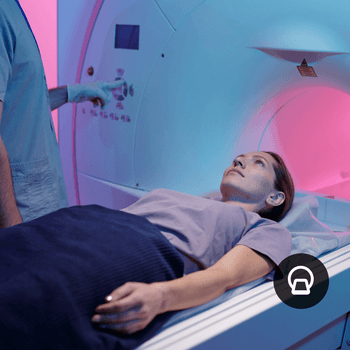Quick version
The orbit, or eye socket as it is more commonly known, is a protective cavity in the skull that houses and supports the eye and its important structures.
- Consists of seven cranial bones
- Contains the eye, nerves, and blood vessels
- Protects the eye from injury
- Common site of trauma and infection
- Often investigated with CT or MRI if symptoms occur
What is the orbit?
The orbit, or eye socket, is a pyramid-shaped cavity in the skull that contains the eyeball, muscles, nerves, blood vessels, fat, and tear glands. The eye socket is a protective space and serves as a support for the organ of vision and its functions.
Anatomical structure
The orbit is composed of seven bones: the frontal bone, the maxillary bone, the zygomatic bone, the sphenoid bone, the palatine bone, the hyoid bone, and the lacrimal bone. These form a stable bone complex that surrounds the eye from all sides except in front where the eye protrudes.
Structures in the orbit
The orbit not only contains the eye, but also six extraocular muscles that control eye movements, the optic nerve (nervus opticus), and several blood vessels and sensory nerves that together contribute to vision and sensation around the eye.
Orbital function
In addition to protecting the eye from external injuries, the orbit allows free movement by the muscles and access to nutrients via the blood flow. It also creates an isolated environment for nerve signaling and immune protection.
Common diseases and conditions
There are several diseases that vary in severity and can affect the eye socket in different ways. Infections such as orbital cellulitis are acute and require prompt treatment to avoid vision loss. Inflammatory conditions such as Graves' ophthalmopathy cause swelling and affect eye movement. Tumors, both benign and malignant, can put pressure on the optic nerve and lead to vision changes. Traumatic injuries such as orbital fractures occur in facial injuries and may require surgery. Retrobulbar hemorrhages, which occur behind the eye, can cause acute symptoms and threaten vision if not treated immediately.
Imaging and Examination
The orbit is often evaluated with CT or MRI of orbit if trauma, tumors, infections, or congenital abnormalities are suspected. Examination may reveal fractures, abscesses, bleeding, or pressure changes.
Relevant symptoms
- Swelling around the eye
- Pain with eye movement
- Vision loss or blurred vision
- Protruding eye (exophthalmos)
- Double vision
Related conditions and diagnoses
- Orbital fracture
- Orbital cellulitis
- Graves' ophthalmopathy
- Retrobulbar hematoma
- Orbital tumors


